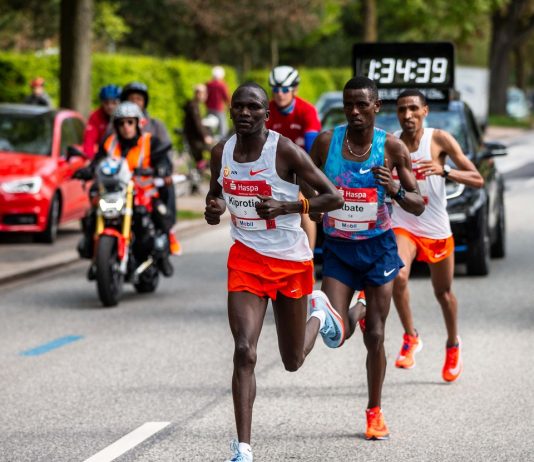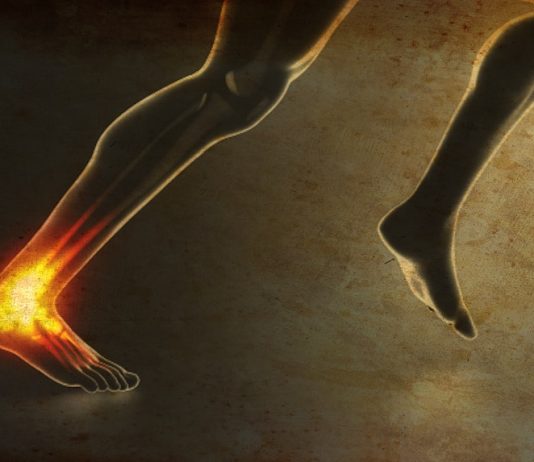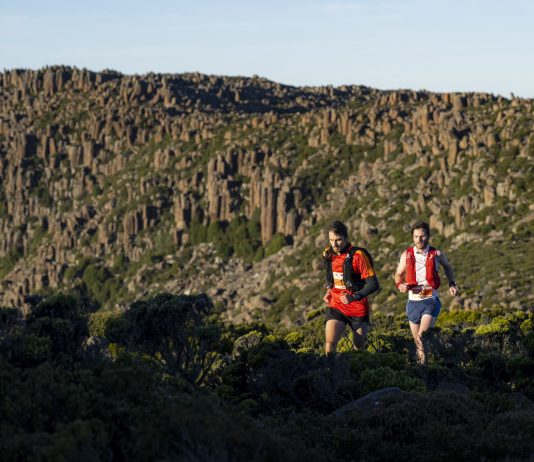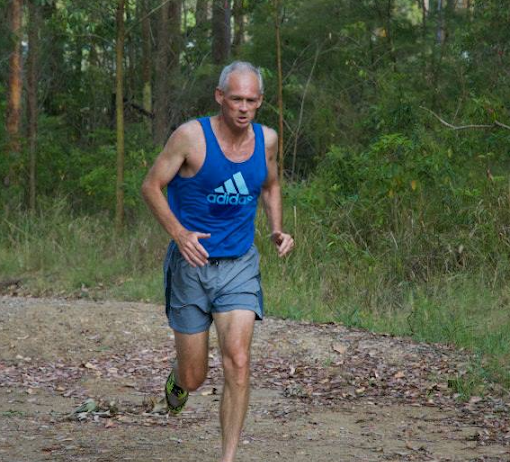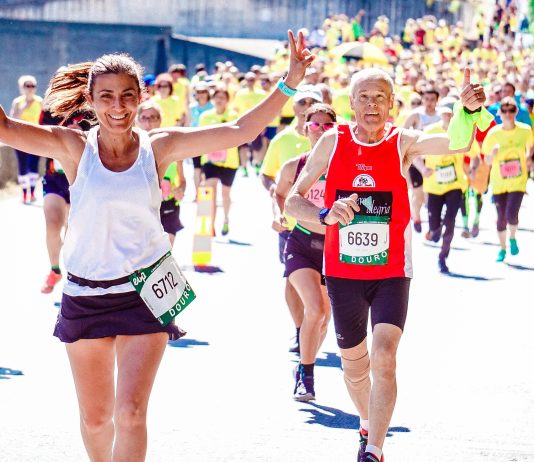If you're looking for a snack to give you an energy boost during a mid-run, it can be challenging to find something that's easy to digest and provides enough energy, especially if you're running a marathon. To help, we've compiled a list of 17 unexpected mid-run snacks that can help you perform better.
Healthy snacking is an essential part of a runner's diet. According to sports nutritionists, the right snacks can help runners fuel their workouts, aid in muscle recovery, and maintain overall health. Here are some great snack options for runners:
Running uphill is a demanding task that requires a combination of strength, endurance, technique, and determination. Many runners have mixed feelings about hill running, but there are several reasons to incorporate hills into your training routine.
Running is a popular exercise, but it can take a toll on your body. One of the most common problems runners encounter is Achilles tendon pain, which can be frustrating and uncomfortable. It is essential to understand this type of injury and learn how to prevent it from interfering with your performance.
Preparing for mountain running during the winter can be a challenging task for trail and ultrarunners living in the northern hemisphere. Weather conditions such as snow, ice, and mud make running on hilly terrain difficult, if not impossible. However, there are ways to maintain mountain running skills and strength in preparation for upcoming mountainous events.
Trail and Mountain Running: A Unique and Fulfilling Endurance Challenge for All Abilities
Runnerstribe Admin -
Trail and mountain running are gaining popularity worldwide among endurance athletes and runners. These events offer a unique challenge, beautiful scenery, stunning terrain, and a competitive but friendly environment. Whether you are a beginner or a seasoned runner, there are events to suit all abilities.
The Risk of Calf Injuries in Aging Male Runners: Understanding the Causes and Challenges
Runnerstribe Admin -
As runners get older, they become more susceptible to calf injuries, particularly male masters runners. David Habas, an accomplished 56-year-old endurance athlete from Lafayette, Cal., has completed numerous events, including an Ironman triathlon, three marathons, and ten half-marathons, but has had to deal with injuries that have hindered his ability to continue competing.
As we get older, our muscles tend to weaken naturally, and leading a sedentary lifestyle can exacerbate this issue. Strong calf muscles are particularly crucial to handle high-load forces that can occur during activities like running. Research suggests that the calf muscles may need to generate up to 9 times the body weight force during such activities. A weak calf muscle can result in muscle tears.
Preventing and Managing Stress Fractures in Athletes: Risks, Symptoms, and Treatment
Runnerstribe Admin -
Stress fractures are a common overuse injury that athletes, particularly runners, may experience. These injuries occur as a result of repetitive force to a bone over time, rather than a sudden, traumatic event. The bones of the lower limb, including the feet, legs, and hips, are particularly prone to stress fractures. Certain risk factors can contribute to the development of stress fractures, including increasing training volume too quickly, changing footwear or running surfaces, poor nutrition, prior bone injuries, low BMI, menstrual irregularity, health conditions that reduce bone density, poor biomechanics, and certain running techniques.
Understanding and Preventing Stress Fractures in Runners: Expert Tips and Advice
Runnerstribe Admin -
Stress fractures can be a major setback for runners, causing pain and preventing them from running for months. Although blisters and chafing are common annoyances for runners, stress fractures are a more serious injury. But what exactly is a stress fracture, and how can runners prevent them?








